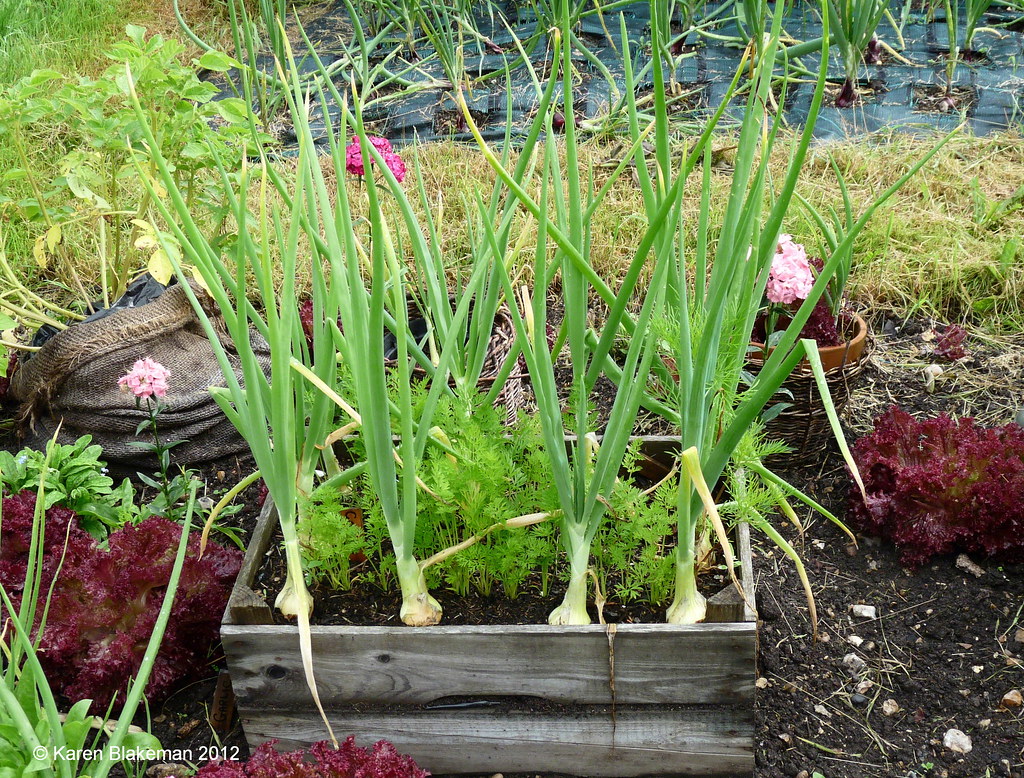Step into the world of companion planting, where science and nature intertwine to create a harmonious dance of growth and bounty. Are you tired of battling pesky pests that ravage your garden? Or perhaps you’ve noticed some of your plants struggling to reach their full potential? Look no further, as companion planting holds the key to unlocking a thriving, flourishing garden. In this article, we will delve deep into the science behind companion planting, uncovering the secrets that have been passed down through generations of gardeners. So grab your trowel and let’s embark on this fascinating journey to discover the hidden connections between plants and the miracles that unfold when they stand side by side. Get ready to unearth the mysteries behind this ancient practice that has delighted and astonished gardeners for centuries.

1. Unraveling the Synergistic Relationships: Exploring the Interplay of Plants in Companion Planting

Discover the intricate web of connections between plants in companion planting as we delve into the synergistic relationships that exist among different species. Explore how certain plants naturally enhance each other’s growth, repel pests, or attract beneficial insects. Uncover the secrets of successful companion planting through case studies and real-life examples, shedding light on the interplay between various plants and their effects on overall garden health. Whether you’re a seasoned gardener or just starting out, this fascinating exploration of companion planting will enrich your understanding of how plants interact and help you create a thriving and harmonious garden ecosystem.
2. Horticultural Harmony Within Your Garden: Key Companion Plant Combinations to Boost Growth and Repel Pests

Key Companion Plant Combinations to Boost Growth and Repel Pests
- Marigold and Tomato: Plant marigolds alongside your tomato plants to repel harmful insects and improve tomato growth.
- Basil and Strawberries: Plant basil near your strawberry plants to enhance their flavor and deter pests.
- Nasturtium and Cabbage: Nasturtiums attract beneficial insects that prey on cabbage pests while adding a colorful touch to your garden.
- Mint and Cucumbers: Placing mint near cucumber plants repels pests such as aphids, while cucumbers benefit from an increased pollination rate.
- Chives and Carrots: Chives not only repel carrot flies but also enhance the growth and flavor of carrots.
By incorporating these harmonious plant combinations into your garden, you can naturally boost growth, discourage pests, and create a thriving ecosystem among your plants.
Closing Remarks about The Science Behind Companion Planting.
In conclusion, the science behind companion planting unveils a fascinating world of natural interactions and symbiotic relationships in the garden. By strategically pairing specific plant species, gardeners can harness the power of nature to improve yields, repel pests, and enhance the overall health and vitality of their crops. From the deeply grounded principles of intercropping to the ethereal dance between flowers and vegetables, companion planting offers a harmonious path towards sustainable and organic gardening.
As we delve deeper into this enchanting realm, we unravel the intricate web of chemical signals, beneficial insects, and root communication that underlies successful companion planting. The scientific research backing these practices helps us understand the mechanisms at play and provides empirical evidence for their effectiveness.
However, it is essential to remember that while companion planting boasts numerous benefits, it is not a failsafe solution. Each garden and each plant combination may yield different results, influenced by a myriad of factors, such as soil conditions, climate, and specific pests. Experimenting, observing, and adapting one’s approach is key to unlocking the full potential of companion planting.
In embracing the science behind companion planting, we concurrently embrace a deeper connection with nature and a more sustainable way of cultivating our lands. By harnessing the lessons nature has to offer, we not only nurture the growth of our gardens but also foster a harmonious coexistence with the world around us.
So, gardeners and plant enthusiasts, harness the power of these scientific insights, experiment with different plant pairings, and embark on this wondrous journey to reap bountiful rewards from your garden. Let nature be your guide, and may your companion plantings flourish, bringing you joy, nourishment, and a truly majestic garden.
